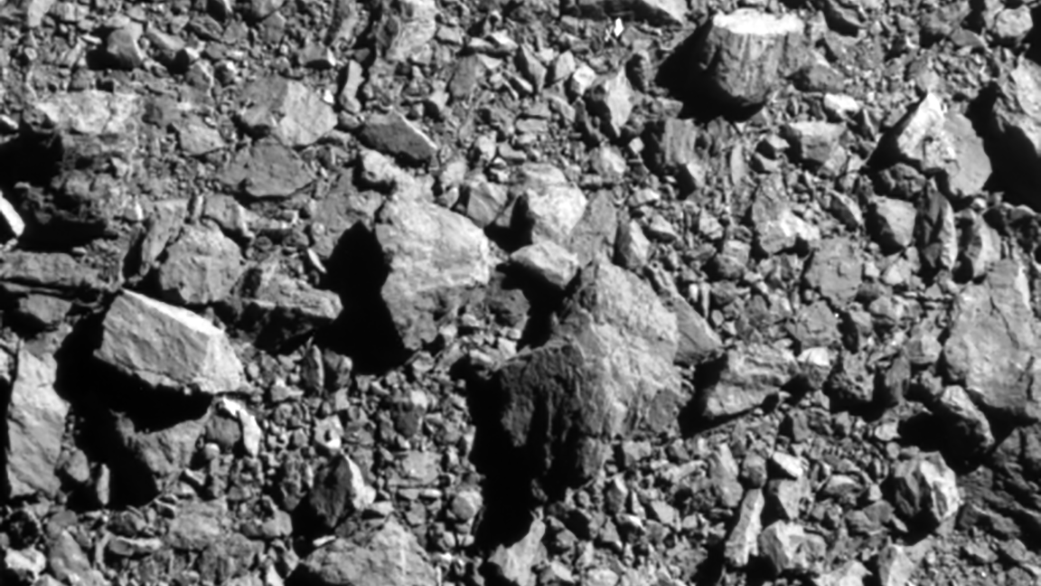- The Double Asteroid Redirection Test (DART) hit the Dimorphos asteroid on 26th September.
- Since then the orbit has slowed by 32 minutes.
- Observations will continue to determine how much momentum was imparted to the asteroid during the test.
The Double Asteroid Redirection Test took place at the tail end of September and now NASA has reported back on whether slamming a 570kg box into Dimorphos was a good idea.
As it turns out, the age old practice of smashing things into other things is always a good idea and that’s no different in space. Observations on the ground by an investigation team have concluded that DART’s impact shifted the orbit of Dimorphos by about 32 minutes, give or take two minutes.
To put this into context, before the impact it would take Dimorphos 11 hours and 55 minutes to orbit its larger parent asteroid Didymos. Since 26th September this time has shortened to 11 hours and 23 minutes. NASA had set a benchmark of a 72 second change to Dimorphos’ orbit so this result exceeded expectations.
“This result is one important step toward understanding the full effect of DART’s impact with its target asteroid,” NASA’s director of Planetary Science, Lori Glaze said in a press release.
“As new data comes in each day, astronomers will be able to better assess whether, and how, a mission like DART could be used in the future to help protect Earth from a collision with an asteroid if we ever discover one headed our way,” Glaze added.
Data is still be gathered by ground-based observatories as well as through radar facilities at NASA’s Goldstone radar in California and the National Science Foundation’s Green Bank Observatory in West Virginia.
Investigators will however shift focus to how much momentum DART was able to transfer to Dimorphos after the collision. This will be done – in part – through analysis of the “ejecta” or, all of the rock and debris that was launched into space upon impact.
Even once that analysis is complete, astronomers will continue study Dimorphos to better understand the asteroid’s composition. This will be done through the use of the Light Italian CubeSat for Imaging of Asteroids from the Italian Space Agency as well as the European Space Agency’s Hera project.
We are curious about how DART would be applied as an Earth defence system in a practical sense. This mission took 10 months to reach its destination and as we saw with the Chelyabinsk meteor impact in 2013, we may not have that long to slam a spacecraft into an asteroid.
As an aside, the header image of this story is the penultimate image captured before the DART mission impacted with Dimorphos.
[Image – NASA/Johns Hopkins APL]

